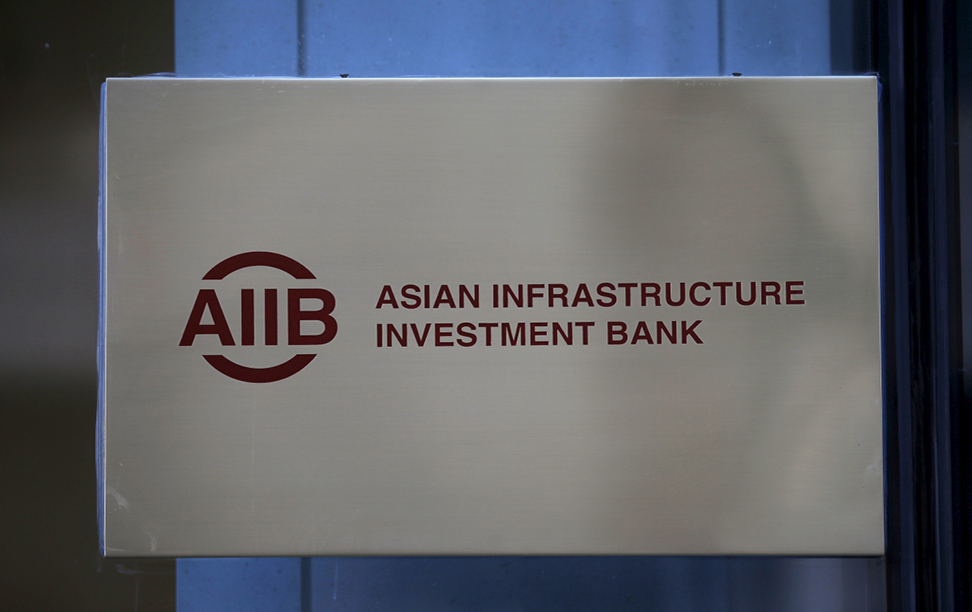January 25, 2022 (MLN): The discussions coupled with the analysis of every factor before the Monetary Policy Committee (MPC) meeting always grabbed the attention of market participants and build their expectations accordingly. However, this time, the State Bank of Pakistan (SBP) had already clarified in its forward guidance that policy rates would remain unchanged.
In order to keep the economy humming- neither too hot nor too cold, the SBP in its recent MPC meeting finally taken a pause to keep the policy rate unchanged at 9.75%.
The SBP already increased the policy rate by 2.75% in the last four months to moderate the growth and this is the first pause as the SBP has definitely witnessed the impact of previous hikes.
In addition, the MPC had considered the measures taken to lower inflation and keep the ongoing economic recovery sustainable including higher bank cash reserve requirements, regulatory tightening of consumer finance, and curtailment of non-essential imports.
Not to forget, the enactment of the recent Finance (Supplementary) Act, 2022 represents significant additional fiscal consolidation compared to the budget and has lowered the outlook for inflation in FY23.
Justifying the move, the MPC statement stated that several developments since last MPC on December 14, suggest that these demand moderating measures are gaining traction and have improved the outlook for inflation. Recent economic growth indicators are appropriately moderating to a more sustainable pace.
With regard to the real sector, the MPC noted that since the last meeting, year-on-year growth rates of several high-frequency demand indicators either stabilized or slowed, including cement dispatches and sales of petroleum products, tractors and commercial vehicles.
Thus, growth in FY22 is expected around the middle of the forecast range of 4-5 percent, slightly lower than previous expectations.
MPC also highlighted the risks pertaining to the current growing pandemic wave and, on the external front, the possibility of faster than anticipated tightening by the US Federal Reserve and geopolitical events in Europe that may have implications for global financial conditions.
On the fiscal front, the MPC seemed worried that the deficit could be larger if global commodity prices take longer to normalize. On the other, it could be smaller if the fiscal consolidation associated with the Finance (Supplementary) Act has a faster and more pronounced impact on demand.
To note, through the first half of FY22, the current account deficit has reached $9 billion while remittances rose by 11.3 percent (y/y) to an all-time high of $15.8 billion during the first half of the fiscal year.
Looking ahead, MPC expects that the current account deficit will decline through the remainder of FY22, as import growth slows in response to the normalization of global commodity prices and the fuller impact of demand-moderating measures.
Furthermore, both short and long-term secondary market yields, benchmark rates and cut-off rates in the government’s auctions declined significantly, in line with the forward guidance provided by the MPC and the conduct of 2-month open market operations by the SBP.
It is pertinent to mention that SBP had conducted a 63-day OMO injection due to increased spreads between the policy rate and cut-off yields, as this option will always remain available to SBP to dictate the secondary markets.
Inflationary pressure:
SBP started begun tightening since its September MPC meeting in order to keep inflation expectations anchored as high import prices have contributed to higher-than-expected CPI, SPI, and core inflation outturns in recent months.
However, it is observed that headline and core inflation rose in December, both the sequential momentum of inflation and inflation expectations of businesses fell significantly. Together with low base effects, one-off cost-push pressures from energy tariff increases and the removal of tax exemptions in the Finance (Supplementary) Act are likely to keep year-on-year inflation elevated over the next few months, close to the upper end of the average inflation forecast of 9-11 percent in FY22.
“inflation is expected to decline during FY23 toward the medium-term target range of 5-7 percent more quickly than previously forecasted as demand-side pressures wane faster,” the MPC noted.
Equity market and PKR:
On the equity front, the investors welcomed the MPC decision to keep the policy rate unchanged till March 2022 which helped the trading floor to gain more than 300 points on Tuesday during early trading hours as the index touched an intraday high of 45,255.92 points.
“SBP is very comfortable with the fiscal and monetary policy mix and thinks it is helping to ease inflationary pressure”, Asad Rizvi, the former Treasury Head at Chase Manhattan said.
The status quo decision of MPC will likely deteriorate the current account balance which would eventually put more pressure on PKR.
Going forward, monetary policy settings do not impact the ballooning import bill for Pakistan as oil prices have been on a rising trend from the threefold impact of low inventories, low spare production capacity and low investments.
SBP’s move to look through the oil import bill while maintaining the policy stance from the previous MPS announcement leads us to a positive notion that IMF program resumption will happen by the end of this month, Wajid Rizvi, Head of Strategy and Economy at JS Global highlighted.
This effectively implies that external funding, from IMF program disbursements, Sukuk and Eurobond issuances as well as multilateral and bilateral loans, will bring FX reserves to an adequate import cover level and enable the country to ride out the storm of triple-digit oil prices in the near-term, he added.
Copyright Mettis Link News
30409







